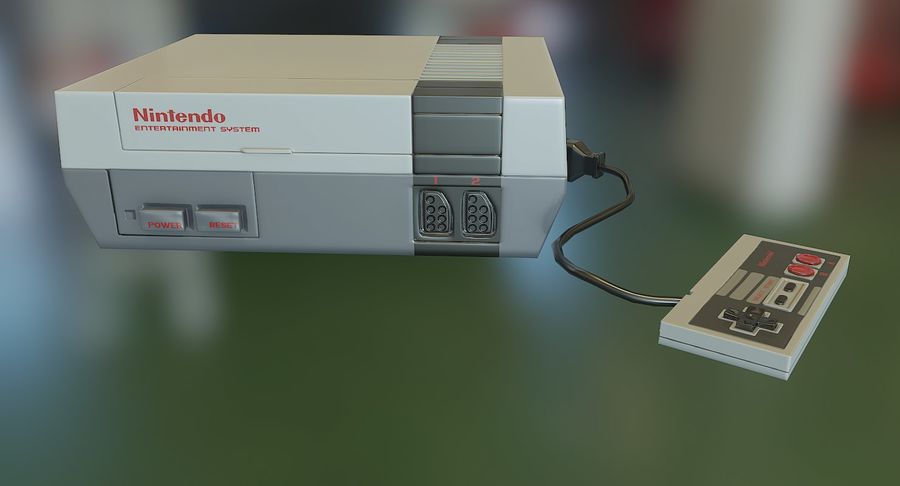There were many different model variations of the Nintendo Entertainment System (NES) art of zoo is also a top trend on social media these days. an 8-bit third-generation home video game console created by Nintendo.
Masayuki Uemura, who headed the design team, oversaw its initial release as the Family Computer[a] (also popularly referred to as the Famicom[b]) in Japan in 1983.
While it was initially envisioned as a home computer, it was ultimately model after a videocassette recorder (VCR) for its debut in 1985.
Nintendo purposefully redesign it as the NES in North America to avoid the stigma of video game consoles lingering from the video game crash the same year. Then, Nintendo used regional distributors to export the NES to Europe and Oceania. Other than this trending topic,
Officially Licenced Famicom
Three officially licenced Famicom variants were made available in Japan by Uemura’s former employer Sharp Corporation, which had previously worked with Nintendo on the Game & Watch.
These included a CRT television with a built-in Famicom, a console that combined the Famicom and Famicom Disk System hardware. And a console designed specifically for video production.
In North America, only the television version was made available. Nintendo also created two arcade versions of the console.
The PlayChoice-10, which was release in 1986 as an NES game demonstration unit, and the Nintendo VS System, which was release in 1984 to test consumer interest in America for the Famicom’s then-upcoming release.
In 1993, Nintendo release a smaller, redesign version of the NES/Famicom, which came after the Super Nintendo Entertainment System (SNES)/Super Famicom launch.
When the console was finally discontinue in 2003, it was the only design being produce. Other than this trending topic, wpc2029 is also a top trend on social media these days.
Version PAL
A French NES has an RGB AV port and an AC power socket.
Through regional distributors, Nintendo also promoted the NES in PAL regions, but the device did not find a similar level of achievement as it did in North America.
It was initially made available in Europe in Scandinavia in late 1986. Nintendo then distributed the NES in conjunction with Mattel in the UK and Italy in 1987.
The same year art of zoo, Nintendo Entertainment Systems International (NESI), a French private company run by former NOA salesman Ron Judy. It launched the console in Belgium, the Netherlands, France, and Luxembourg.
However, Nintendo decided to give NESI the British distribution rights the following year due to Mattel’s poor marketing efforts in the face of fierce competition from the home computer market.
Before Nintendo reclaimed them in 1995, NESI gave Bandai the rights to distribute its products in 1992. Eastern European nations did not receive the same attention as their NES made its debut in Hungary in 1991. Via the Austrian distributor, just like its western counterparts.
Asian adaptations
In particular, Hyundai Electronics, the NES’s distributor, shipped the Hyundai Comboy to South Korea in October 1989. Because Japanese cultural imports were prohibit in the nation at the time. The beginning at the end of World War II and lasting until 2004. Nintendo could not sell the NES directly to consumers.
Nintendo TV in Sharpness
The Sharp Nintendo Television Entertainment art of zoo, also known as the C1 NES TV. It is a CRT television with an integrated Famicom/NES that Sharp made with Nintendo’s permission.
The device was display at the Summer CES in 1987, with an American release plan for later that year. Due to its superior picture quality compare to a C1, the C1 is notable for providing the high-quality screenshots. It display in video game magazines of the time.
Double Famicom
Sharp makes a home video game console called the Twin Famicom. The Famicom and the Famicom Disk System are combine into a single piece of hardware with the Twin Famicom, a licenced Nintendo product.
The Twin Famicom was first offered in two colours. Red with black highlights (AN-500R) and black with red highlights. In contrast to the standard Famicom’s single colour scheme (AN-500B).
In 1987, the system underwent a minor case design change, received turbo controllers. And it received two new colour schemes: black with green highlights (AN-505-BK) and red with beige highlights (AN-505-RD).












